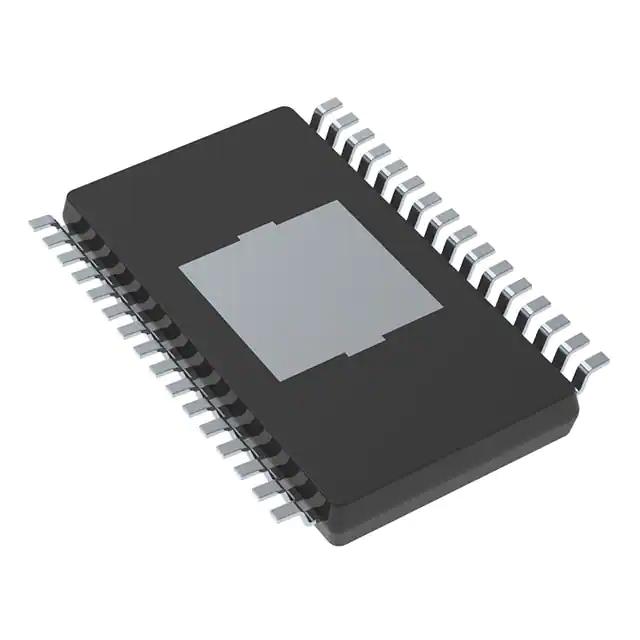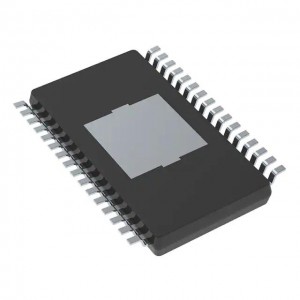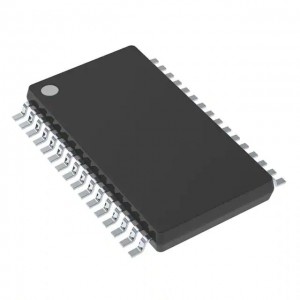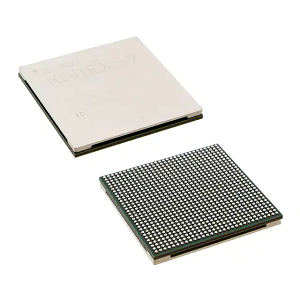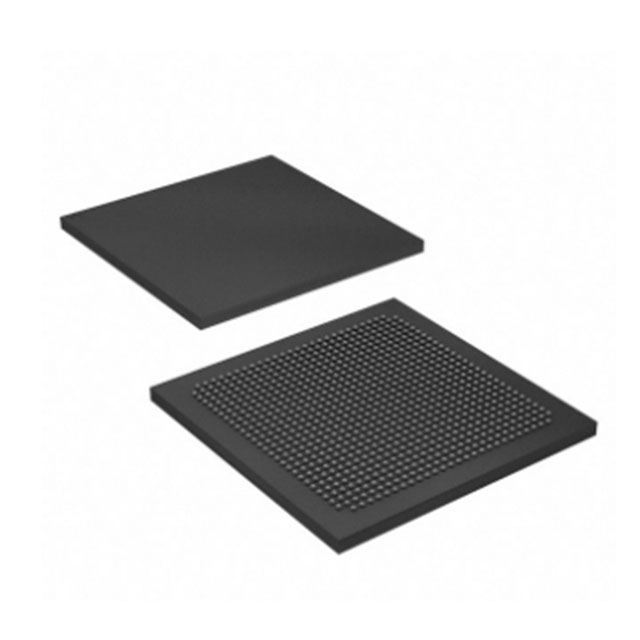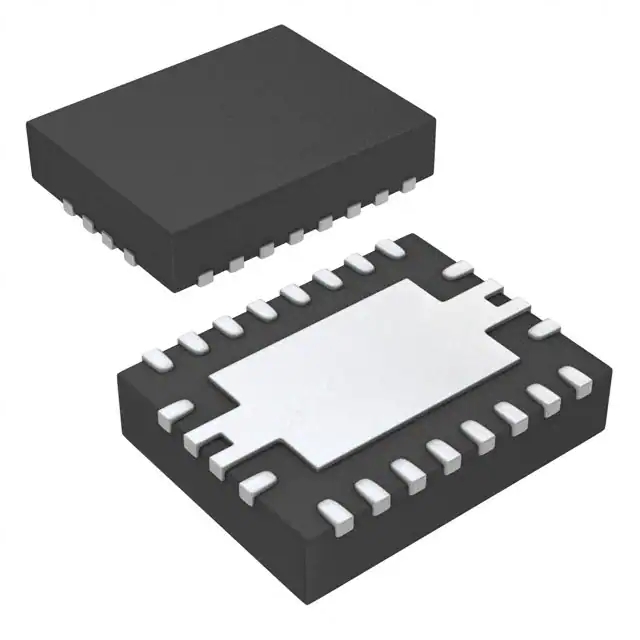TPA3130D2DAPR Integrated Circuit New and Original
Product Attributes
|
TYPE |
DESCRIPTION |
|
Category |
Integrated Circuits (ICs) Linear - Amplifiers - Audio |
|
MFR |
Texas Instruments |
|
Series |
Speaker Guard™ |
|
Package |
Tape & Reel (TR) Cut Tape (CT) Digi-Reel® |
|
Product Status |
Active |
|
Type |
Class D |
|
Output Type |
2-Channel (Stereo) |
|
Max Output Power x Channels @ Load |
15W x 2 @ 8Ohm |
|
Voltage - Supply |
4.5V ~ 26V |
|
Features |
Differential Inputs, Mute, Short-Circuit and Thermal Protection, Shutdown |
|
Mounting Type |
Surface Mount |
|
Operating Temperature |
-40°C ~ 85°C (TA) |
|
Supplier Device Package |
32-HTSSOP |
|
Package / Case |
32-TSSOP (0.240", 6.10mm Width) Exposed Pad |
|
Base Product Number |
TPA3130 |
|
SPQ |
2000/pcs |
Introduction
An audio amplifier is a device that reconstructs the input audio signal on the output element that produces sound, and the resulting signal volume and power stage are ideal—truthful, effective, and low distortion. The audio range is about 20Hz to 20000Hz, so the amplifier must have a good frequency response within this range (smaller when driving band-constrained speakers, such as woofers or tweeters). Depending on the application, the power size varies greatly, from milliwatts of headphones to several watts of TV or PC audio, to dozens of watts of "mini" home stereo and car audio, up to the hundreds of watts of more powerful domestic and commercial sound systems, large enough to meet the sound requirements of an entire cinema or auditorium.
Audio amplifiers are one of the important components of multimedia products and are widely used in the field of consumer electronics. Linear audio amplifiers have been dominant in the traditional audio amplifier market due to their small distortion and good sound quality. In recent years, with the popularity of portable multimedia devices such as MP3, PDA, mobile phones, and notebook computers, the efficiency and volume of linear power amplifiers can no longer meet the requirements of the market, and class D power amplifiers are increasingly favored by people with their advantages of high efficiency and small size. Therefore, high-performance Class D amplifiers have very important application value and market prospects.
The development of audio amplifiers has gone through three eras: electron tubes (vacuum tubes), bipolar transistors, and field-effect transistors. Tube audio amplifier has a rounded tone, but it is large, high power consumption, extremely unstable operation, and poor high frequency response; Bipolar transistor audio amplifier frequency bandwidth, large dynamic range, high reliability, long life, and good high frequency response, but its static power consumption, on-resistance are very large, efficiency is difficult to improve; FET audio amplifiers have the same rounded tone as tubes, a wide dynamic range, and more importantly, a small on-resistance that can achieve high efficiency.
Structural Composition
The purpose of audio amplification is to reproduce the audio input signal at the required volume and power level on the sound output element with high efficiency and low distortion. The frequency range of the audio signal is 20Hz to 20000Hz, so the audio amplifier must have a good frequency response. Audio amplifiers typically consist of a preamplifier and a power amplifier.
Preamplifier
The amplitude of the audio signal source signal is generally very small and cannot directly drive the power amplifier, so they must first be amplified to a certain amplitude, which requires the use of a preamplifier. In addition to signal amplification, the preamplifier can also have functions such as volume adjustment, pitch control, loudness control, and channel equalization.
Power amplifier
Power amplifiers are referred to as power amplifiers, and their purpose is to provide sufficient current drive capability to the load to achieve power amplification. The Class D amplifier operates in the switching state, theoretically it does not require quiescent current, and has a high efficiency.






